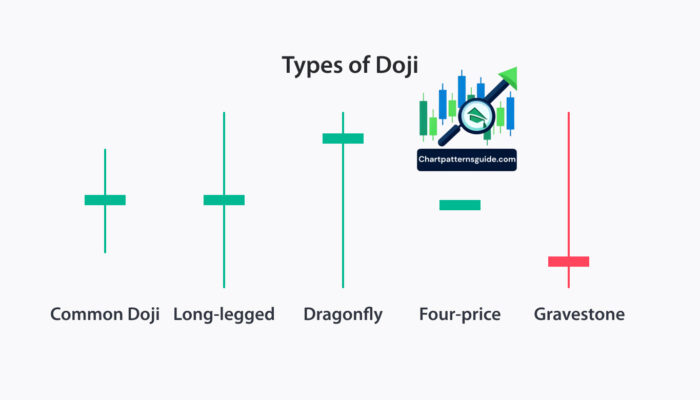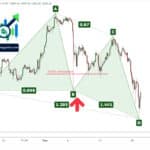
The Head and Shoulders pattern is more than just a quirky name in the world of trading. It’s a powerful signal that the market could be about to change direction, moving from a bullish (upward) trend to a bearish (downward) one. This guide is designed to demystify this pattern, making it accessible for traders at all levels, including those who are just starting out. By the end, you’ll have a solid understanding of what the Head and Shoulders pattern is, how to spot it, and how to use it to your advantage in trading.
What is the Head and Shoulders Pattern?
In essence, the Head and Shoulders pattern is a chart formation that predicts a potential reversal in the current trend. It’s named for its resemblance to a person’s head with two shoulders on either side. The pattern consists of three consecutive peaks: the first (left shoulder) and the third (right shoulder) are at a lower height, and the second (the head) is the highest point.
Formation and Identification:
The journey to recognizing a Head and Shoulders pattern begins with a strong upward trend, signaling bullish market conditions. This is crucial because the pattern’s primary function is to signal a reversal of this trend. Here’s a step-by-step breakdown:
- Left Shoulder Formation: After an upward trend, the price reaches a peak and then dips, creating the first shoulder.
- Head Formation: The market rallies again, pushing to a higher peak than the left shoulder before falling back down, forming the head.
- Right Shoulder Formation: A final push up forms, reaching a peak similar to the left shoulder, but failing to exceed the head’s peak, completing the right shoulder.
- Neckline: This is the line drawn connecting the lowest points of the two troughs between the shoulders and the head. The neckline can slope up or down and is crucial for confirming the pattern.
Trading Strategies:
Understanding the pattern is one thing; knowing how to trade it is another. Here are the steps you should consider:
- Confirmation: Wait for the price to break below the neckline. This serves as confirmation that the pattern is complete and that a bearish reversal is likely.
- Entry Point: Enter a short position (selling) shortly after the price falls below the neckline. This positions you to profit from the expected downward movement.
- Stop Loss: Place your stop loss just above the right shoulder. This limits potential losses if the market does not move as expected.
- Profit Targets: Measure the distance from the top of the head to the neckline. Project this distance downward from the point where the price breaks through the neckline to estimate a potential profit target.
Advanced Considerations:
- Volume: The trading volume should ideally confirm the pattern. Volume typically decreases on the formation of the right shoulder and increases as the price breaks below the neckline.
- Neckline Slope: The direction of the neckline’s slope can provide additional insights. A downward-sloping neckline suggests a stronger bearish signal.
- Inverse Head and Shoulders: This is the bullish counterpart to the standard pattern and signals a potential reversal from a downward trend to an upward trend.






